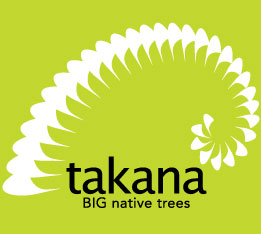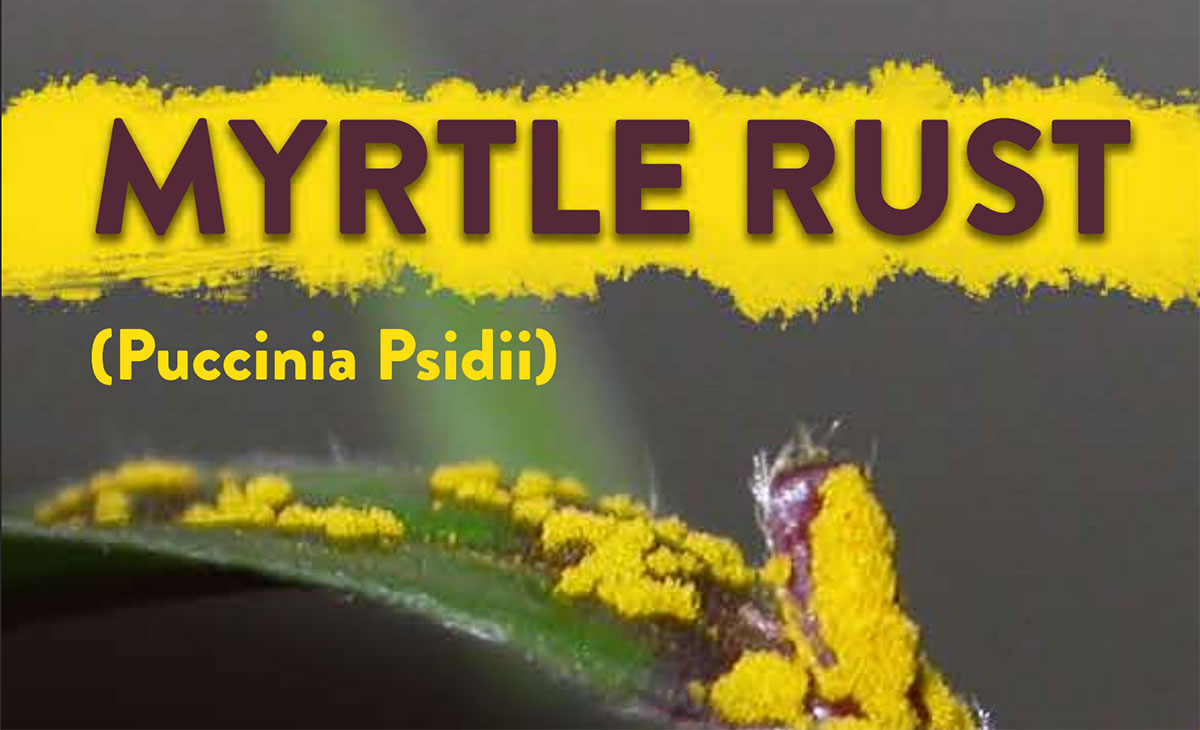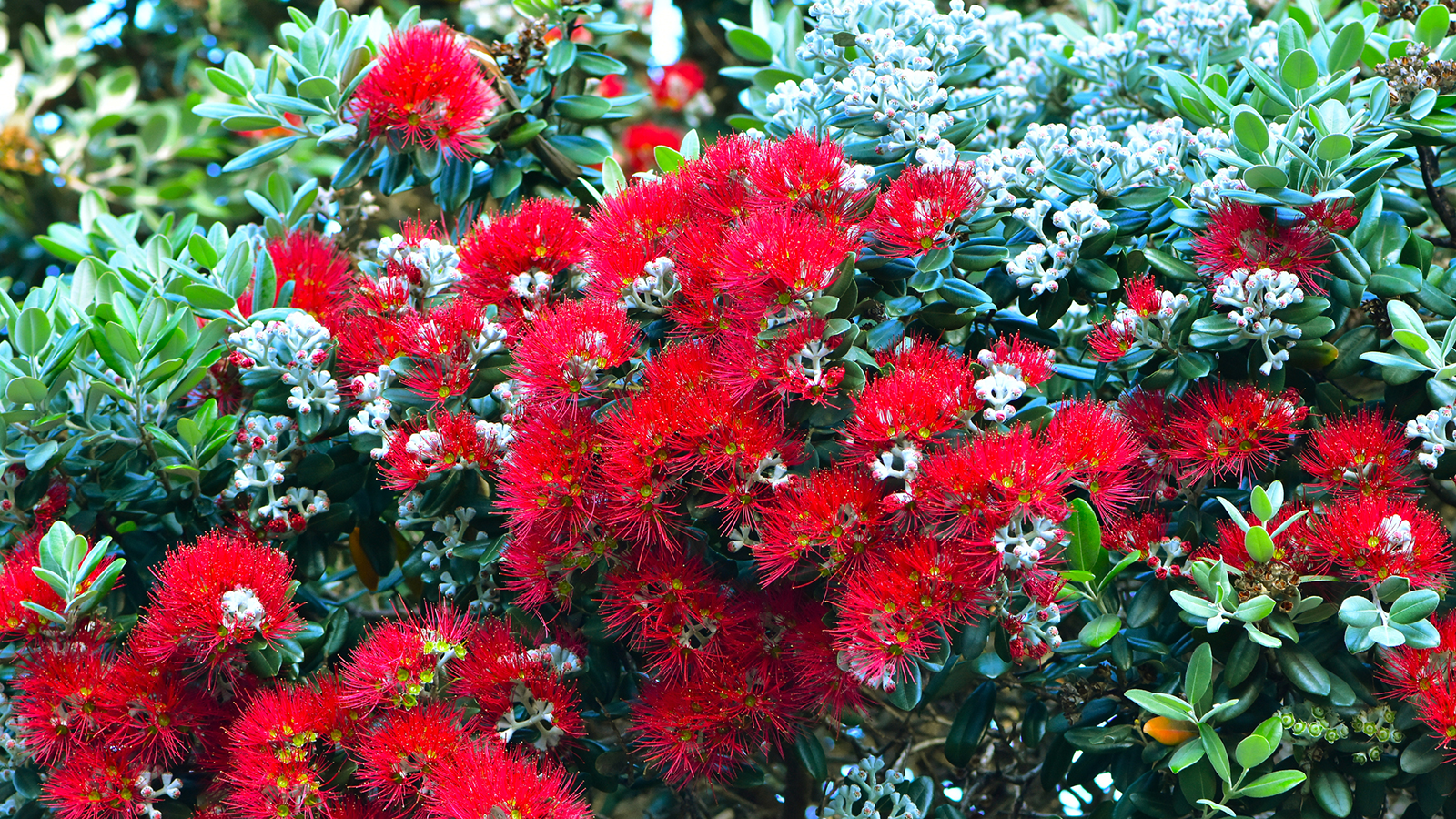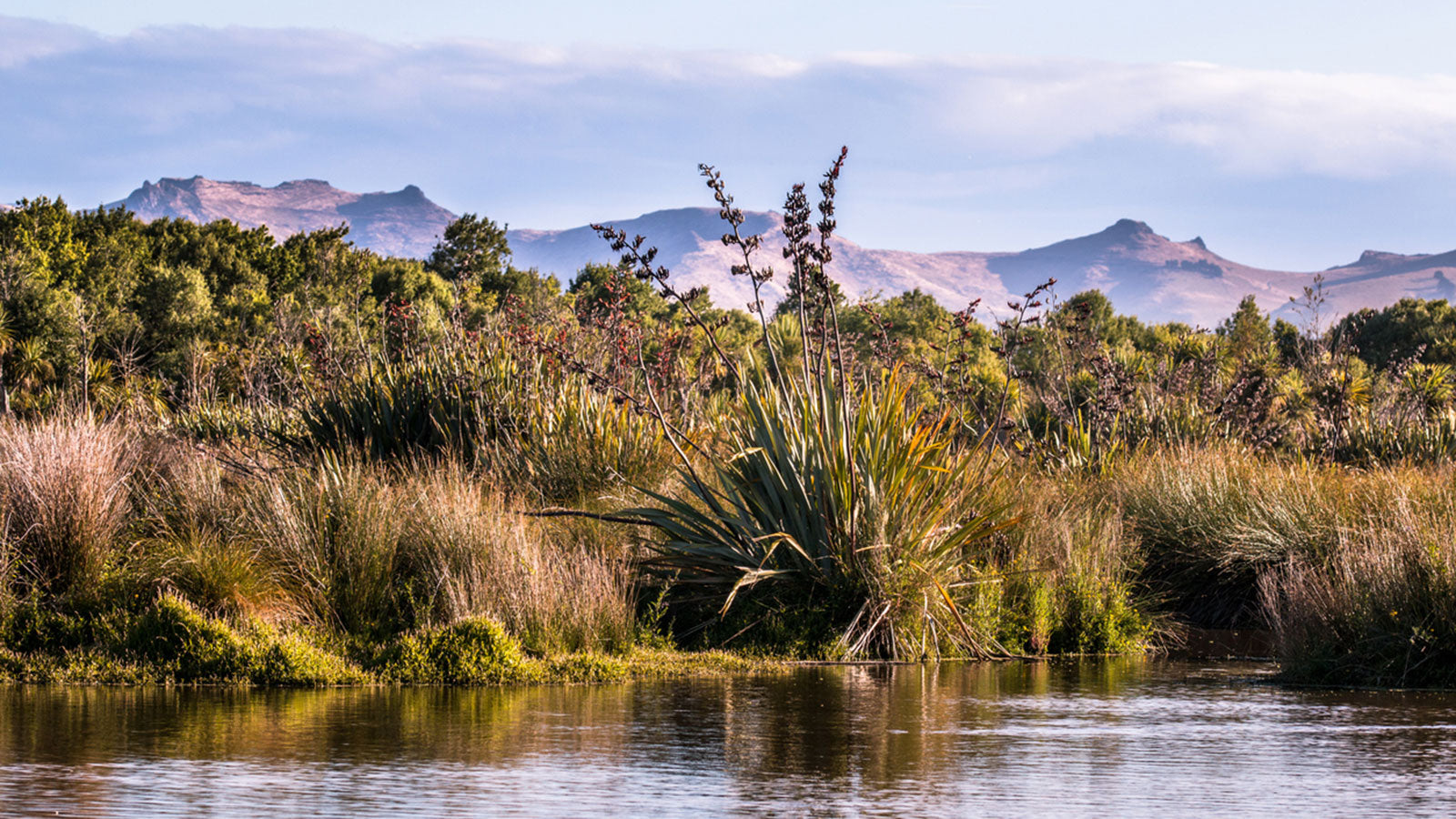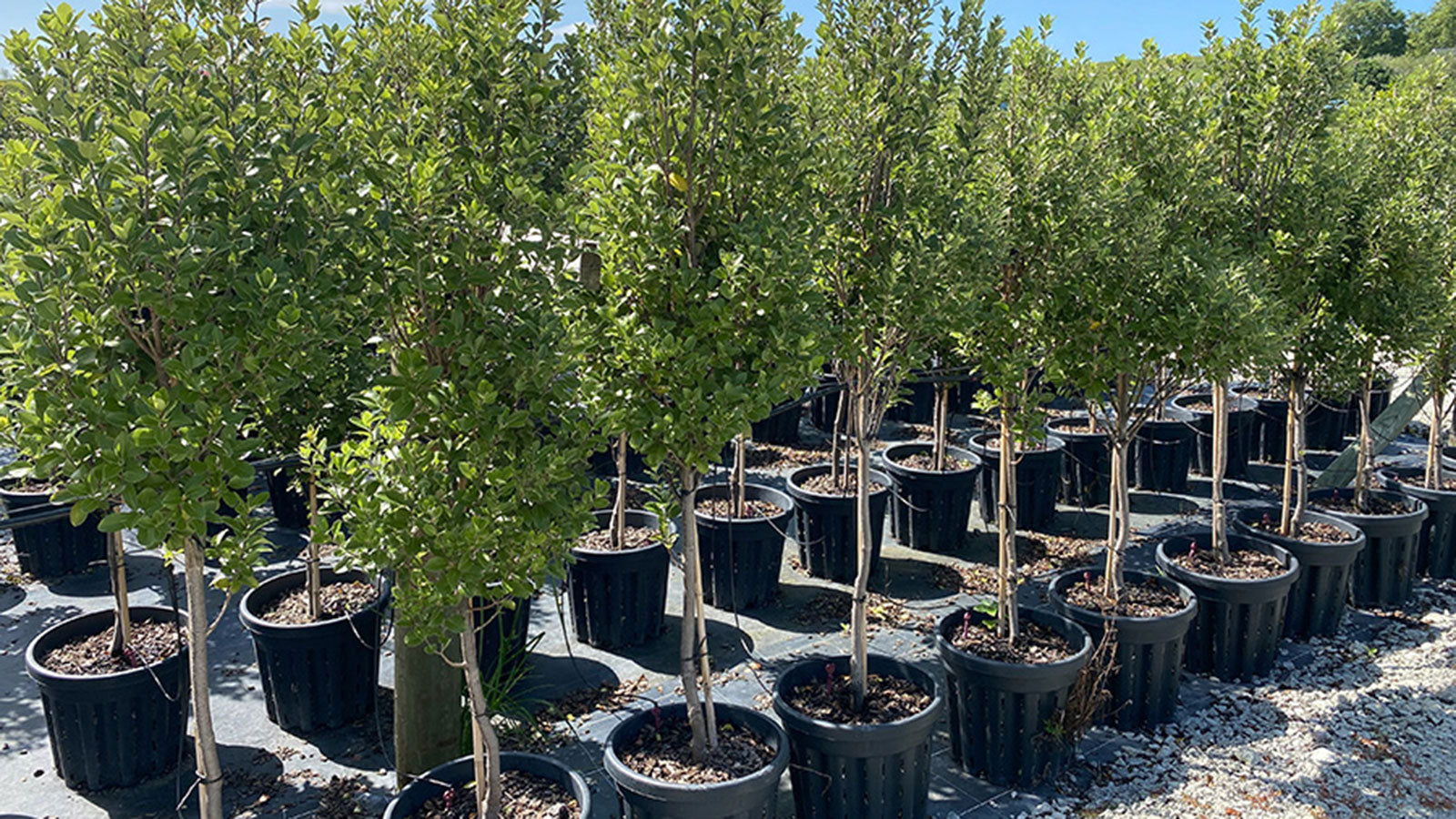This piece is a Summary of a Tane’s Tree Trust Workshop. The objective of the workshop was the examination of current eco-sourcing policy and practice.
Origins & History
The word “eco-sourcing”, a uniquely New Zealand term, was invented over a cup of coffee at the Taupo Native Plant Nursery in 1989 as a way of describing the concept of genetic integrity of plant material to purchasers of native plants. Eco-sourcing describes the practice of propagating and planting indigenous plant material that has been derived from a local provenance, i.e a population of naturally occurring vegetation growing close to the planting site. This practice has been encouraged because it contributes to retention of genetic integrity of local populations.
Introduction of plant material from other provenances is regarded by some as genetic pollution. The internationally accepted and applied concept of genetic integrity has older origins. Here in New Zealand, it was probably Dr. Eric Godley who, in the early 1970s, first introduced the idea of genetic pollution. His rule was: “plant natives reared from locally collected seed only.” There is some evidence that the concept was understood and put into practice earlier. Revegetation of the area around the Aratiatia Dam and power station near Taupo during the 1960s was accomplished with plant material that was mainly sourced from local provenances.
Introduction
Interpretation of the term “eco-sourcing” and the way in which it is applied to the planting of native trees and shrubs varies greatly from region to region and between organisations. For some, it is an important guiding doctrine; for others, it is a hindrance to the planting of native vegetation. We might proffer the following questions:
- Is eco-sourcing being applied consistently across the country?
- Is current eco-sourcing policy based on sound science?
- Is there any evidence that eco-sourcing is working – i.e. are we safeguarding the genetic integrity of natural plant populations?
- Is it appropriate to have one generic eco-sourcing policy that applies to all plant species in all locations?
- Is current eco-sourcing policy practical and affordable?
- Can eco-sourcing accommodate the use of selective breeding methods for productive purposes?
Eco Sourcing Workshop Questions & Answers
As part of the “Eco-sourcing” Workshop, conference participants were asked to consider and discuss the following:
- Are current eco-sourcing policies and practice:
- A) Scientifically valid?
- B) Practical and affordable?
- How important is eco-sourcing compared with other aspects of revegetation?
- What aspects of revegetation are more important than eco-sourcing?
- What new rules/guidelines could be developed to improve ecological outcomes without incurring great cost or confusion?
- How do we accommodate the desire for selective breeding for productive purposes while adhering to a policy of protection of natural genetic diversity in our indigenous plant populations?
Answers from participants can be summarised as follows:
1a: Are current ecosourcing policies and practice scientifically valid?
Yes | 7, No | 44, Don’t Know | 36
1b: Are current ecosourcing policies practical and affordable?
Yes | 20, No | 41, Don’t Know | 21
2: How important is ecosourcing compared with other aspects of revegetation?
Most Important | 27, (Intermediate) | 13, Not so important | 33, (Intermediate) | 6, Irrelevant | 10
3: What aspects of revegetation are more important than ecosourcing?
- Species selection
- Natural regeneration
- A holistic approach
- Plant survival
- Local situation – geography and climate
- People
- Need for maintenance
- What is happening on neighbouring property
- Choosing plants that are appropriate for the site
- Asking why the plants are not there in the first place
- Ability to obtain good-quality stock
- The impact of climate change – importance of encouraging migration
4:What new rules/guidelines could be developed to improve ecological outcomes without incurring great cost or confusion? Ideas
- Select seed from similar habitat
- Representative sample (10+ plants)
- Mandatory recording of collection site
- Create gene/seed banks
- Establish stocks of cuttings
Comments:
We need a national policy on provision of diversity in genetic material. Ecosourcing is based on false assumptions – it goes against the principles of evolution. Ecological Districts are an irrelevant and unnecessary overlay to seed collection. The definition of seed collection is too restrictive. We need seed collection guidelines – these should be included in the Tanes Tree Trust Handbook.
There is a problem with determining historical presence vs actual presence today. If you have to go outside the ecological district to get plant material, then you should. Better education of nurseries is needed to encourage application of the principles of ecosourcing. Nurseries should be rewarded for efforts to record the origin of material. Plant stock should have an eco-standard that guarantees ecosourcing. Currently ecosourcing is based on trust. Do we need to intervene and manipulate species distribution in order to account for the effects of climate change? Don't create rules; guidelines are more valuable and effective.
Develop a list of appropriate species according to latitude and altitude. Apply ecological knowledge in the absence of genetic certainty. We need more robust scientific evidence. Do more research before we mess things up. Keep the rules for rare/threatened species. The degree to which ecosourcing should be applied depends on the site.
There should be less concern about roadsides than about sites of ecological importance. Suitability of seed collection zones should be related to the normal extent/distance of pollen and seed dispersal of individual species. Iwi should be consulted before species are moved around the country. Take a pragmatic approach to seed. Get on with it.
5:How do we accommodate the desire for selective breeding for productive purposes while adhering to a policy of protection of natural genetic diversity in our indigenous plant populations?
- Underpin decision making with science – genetic and ecological.
- Keep the larger ecological/biodiversity picture in mind.
- It is being done in the horticultural industry all the time.
- Multiple productive purposes including extracts must be specified.
- We have no choice if we are serious about production from native species.
- Don’t place limits on locations where natives are grown for commercial purposes.
- Don’t confuse growing wood with genetic diversity.
- There will be no effect on species with a restricted natural range.
- Cultural implications should also be considered before moving species/provenances around the country.
Eco-Sourcing Today
The concept is known today. Recommendations relating to ecosourcing can be found in almost every set of vegetation restoration guidelines, especially those produced by local councils. They can be found as rules in District Plans, e.g., those of the former Rodney District Council. There is little doubt that ecosourcing, when applied on a broad scale, increases the likelihood of survival. Locally sourced plant material will generally survive better than stock sourced from a considerable distance. The way in which the practice of ecosourcing is applied has a direct influence on the cost of native plant production and the availability of plants. The issue of greatest concern, expressed by many practitioners, is not so much the validity of the concept of retaining genetic integrity, but rather the scale and strictness with which it should be applied in practice.
How far away is “too far away” for seed collection, and should one rule apply to all species? Should ecosourcing be applied with the same rigidity in all landscapes? A wide range of recommendations and policies exists about distance between source and planting site, and where ecosourcing should be enforced:
- Godley (1972) recommended sourcing “from the same patch of bush.”
- Wilcox and Ledgard (1983) recommended that Ecological Districts should be used to define suitable seed collection areas (there are 260 Ecological Districts in NZ).
- Lands & Survey and Department of Conservation policy in the 1980s and early 1990s stated that Scenic Reserve plantings should be sourced within 1km.
- Wright and Cameron (1990) maintained that even small amenity planting around buildings (e.g., information centres and toilet blocks) should be derived from local plant stock.
- The former Rodney District Council Plan ruled that all riparian revegetation must contain native plants sourced from within the Ecological District.
- The former Manukau City had a three-stage approach:
- (i) selection from the site itself;
- (ii) selection within the same catchment;
- (iii) selection from the Ecological District.
- Marlborough District Council has developed ecosourcing zones. These reflect the small and fragmented character of many plant populations.
Internationally and here in New Zealand, botanists are debating the subject of genetic integrity, especially in terms of distance between source and planting site. Until recently, very little research has been carried out to substantiate policies regarding suitable collection distances. Collection of seed within the same Ecological District is recommended in many regions of New Zealand. Questions can be asked about this procedure:
- Is there good scientific research to support the policy?
- Does this approach contribute to the protection of genetic integrity of our native plant populations?
- Is a single generic policy applicable to all species in all locations?
New Zealanders have a history of moving plants around the country. Māori have shifted species such as cabbage tree and karaka (Corynocarpus laevigatus) for cultural purposes. Gardeners, tree enthusiasts, and foresters have continually shifted species: kauri (Agathis australis) can be found growing in Dunedin and Stewart Island; Central North Island rimu (Dacrydium cupressinum) has been established in Westland. Roadside and early restoration project areas contain plants that were not sourced locally. Have we already caused irreversible damage? Does this mean that adherence to a strict ecosourcing policy is a waste of time? What ecological damage has been caused, and what harm will be done if we don’t ecosource?
Since pre-human times, much of New Zealand’s lowland forest became fragmented and genetically isolated. This is a result of geographic separation and the loss of dispersal agents. It could be argued that ecosourcing, as applied today, is sustaining a narrower level of genetic diversity than would have occurred under a natural system. Is there a reasonable case for supporting increased genetic mixing between plant populations to restore greater population resilience? Our Australian neighbours may be showing us the way. They are utilising DNA fingerprinting technology to determine the degree to which plant populations can be genetically differentiated. Species are being grouped into three broad provenance classes: narrow, local, and regional, to guide decisions about appropriate sourcing zones.
The Way Forward
To make headway on this subject in New Zealand we need to:
- Develop a better understanding of the extent of genetic mixing within and between plant populations.
- Decide why and where the maintenance of genetic integrity is important.
- Consider how the selection and development of native plant provenances for productive purposes can be achieved without compromising the future resilience of natural plant populations.
- Develop a set of practical and well-founded guidelines for eco-sourcing/seed collection.
